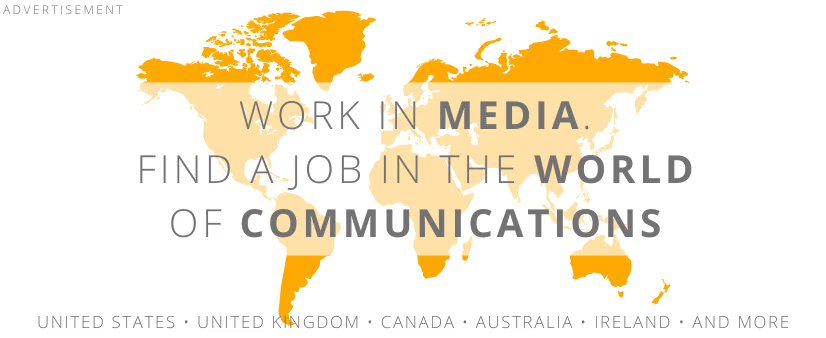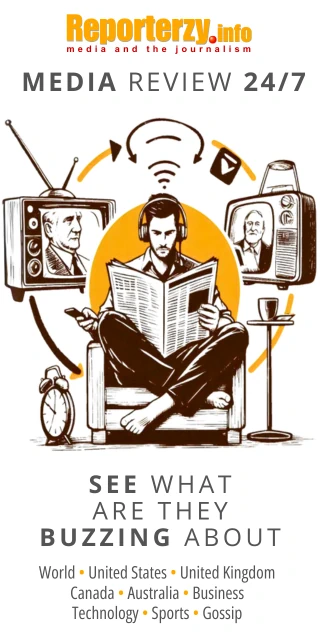 Photo: Anna Shvets from Pexels
Photo: Anna Shvets from PexelsHowever, Poles are fatigued by the flood of information about the pandemic threat, as indicated by research from the Dentsu agency. Despite this, most do not downplay the significance of the pandemic or the risks of infections. COVID-skepticism remains noticeable but constitutes only about 8% of mentions related to the word "coronavirus."
Dentsu`s research highlights the varied perceptions of the pandemic: some people believe in conspiracy theories, while others have not left their homes for weeks for fear of infection. Social distancing is observed by 36% of Poles, but 20% disregard the rule entirely. Wearing masks is especially important to those aged 40–59, with 47% believing it helps mitigate the risk (compared to 39% overall). However, 17% consider the virus entirely harmless.
- "COVID-skepticism is highly visible, even though it makes up only about 8% of mentions related to `coronavirus.` Due to its polarizing nature and the fact that beliefs about the pandemic have caused divisions, it generates heated discussions and strong engagement among internet users, making it more noticeable," explains Jacek Studziński, Senior Strategy Planner at Dentsu, to Newseria Biznes.
Between February 20 and September 17, the Polish internet recorded nearly 6 million mentions containing the word "coronavirus." The peak occurred in mid-March during the introduction of epidemic threat measures, school closures, and border shutdowns. Discussions on the "patient zero" case in Poland began on March 12, and by April, pandemic marginalization was one of the top five themes in online debates.
- "Conspiracy theories surrounding the pandemic are numerous. The most visible ones are the `plandemic` theory, which alleges a global corporate conspiracy aimed at depopulation and enslavement, and the claim that 5G network expansion harms immunity or spreads the virus. Other theories include claims that temperature checks harm the pineal gland or that wearing masks leads to lung fungus," adds Studziński.
Where Poles Source Pandemic Information
Poles primarily get information about the pandemic from the internet. Dentsu`s research reveals a significant increase in media consumption - both digital and traditional - caused by COVID-19. In March, 90% of Poles sourced pandemic updates online, compared to 78% from television. However, usage of both channels decreased in the following months.
- "Poles turn to the internet for pandemic-related information, as they do for any other topic," observes Paulina Gadowska, Senior Research Analyst at DDS, part of Dentsu. - "At the start of the pandemic, television and internet usage spiked. Currently, there’s noticeable fatigue from the excess of information."
What Information Do Poles Want During the Pandemic?
According to a survey by LoveBrands Relations, an integrated strategic communication agency, 77% of Poles want more non-COVID-related news in the media. Media consumers, confined to their homes, desire more entertainment, economic updates, sports news, and cooking tips.
Key trends identified in the study include:
- Nearly half of Poles want more news unrelated to the pandemic. Only one in five prefers to stay focused on COVID-19 information. A staggering 77% admit feeling weary of the topic and seek alternative news.
- Close to 60% of respondents expressed a need for entertainment. This aligns with the surge in streaming service popularity and measures taken to reduce streaming quality to ease internet congestion. Amid uncertainty, Poles also increasingly seek economic information (53.6%).
COMMERCIAL BREAK
New articles in section Media industry
Advertising market 2025. Poland, Europe and the World
Marcin Grządka
The global advertising market is growing by 8.8% in 2025 and will reach a value of 1.14 trillion dollars. The industry result in Europe records slightly lower dynamics, at the level of 5.8%. In this comparison, Poland performs clearly above the average. We will record an increase of 8.9% this year and a value of 18.56 billion PLN - estimates WPP Media in the annual report "This Year Next Year".
The print media market 2025. Three global trends
Krzysztof Fiedorek
The market value is 359.53 billion dollars, yet the erosion is visible to the naked eye. The decline for newspapers will amount to -2.3 percent. Despite this, print retains strength: it generates 76 percent of subscription revenues and enjoys 82 percent consumer trust. The future of the industry is defined by hybrid strategies and niche specialization.
Journalism in the age of AI. Why people prefer humans over machines
Krzysztof Fiedorek
Only 12% of people accept news created solely by AI, while 62% prefer those written by humans. At the same time, only 19% notice labels indicating the use of artificial intelligence, while younger audiences ask AI to explain the content to them. These are the findings of the Reuters Institute report on artificial intelligence in media.
See articles on a similar topic:
Television 2025. Report by the European Broadcasting Union
Krzysztof Fiedorek
Europeans are watching less and less television. In 2024, the average viewing time was 3 hours and 13 minutes per day. Only 54% of young people had any contact with TV, and public broadcasters held a 23% share. Television is losing relevance, especially among the youngest viewers.
Fake News in Poland. Challenges in Assessing Information Credibility
RINF
One in four information consumers relies on sources where verifying credibility is a significant challenge. Fake news remains a major issue, as indicated by 77% of respondents, with 51% admitting they struggle to discern truth from falsehood, according to Deloitte's *Digital Consumer Trends 2021* report.
Read digital newspapers and magazines in PDF, EPUB and MOBI [LINK]
AUTOPROMOCJA Reporterzy.info
The most popular daily, weekly, biweekly and monthly magazines in electronic PDF, EPUB and MOBI formats. For reading on a computer, smartphone and e-reader. The latest issues, archive issues and subscriptions are just a few clicks away. Visit our Reporterzy.info Store
Blogs in E-commerce. Report by Elephate and Senuto
KrzysztoF
The average number of indexed articles on e-commerce blogs is 565, with each post attracting 347 readers per month. The health industry generates the highest organic traffic per single article. The authors of the "E-commerce Blog Ranking" take a behind-the-scenes look at the commercial blogosphere.






























